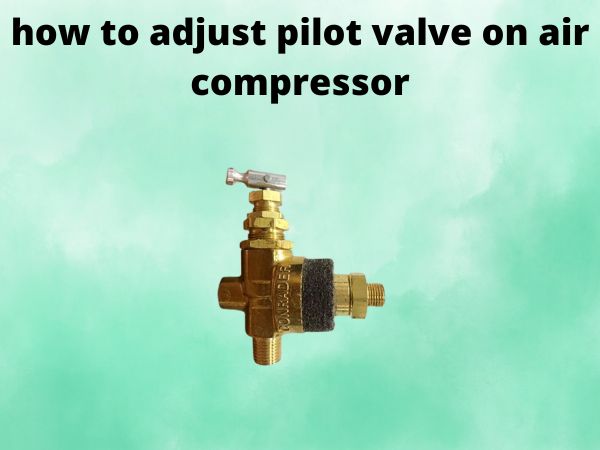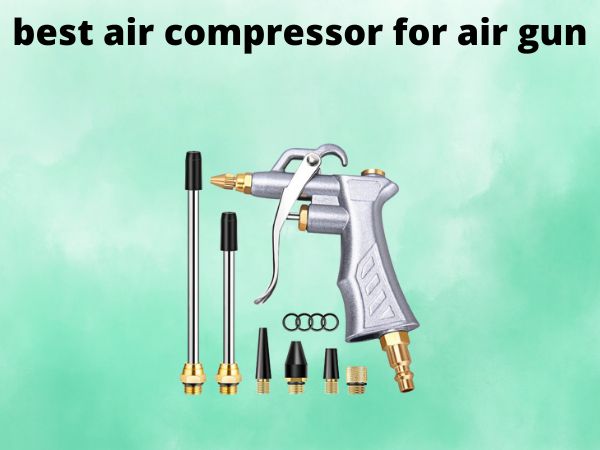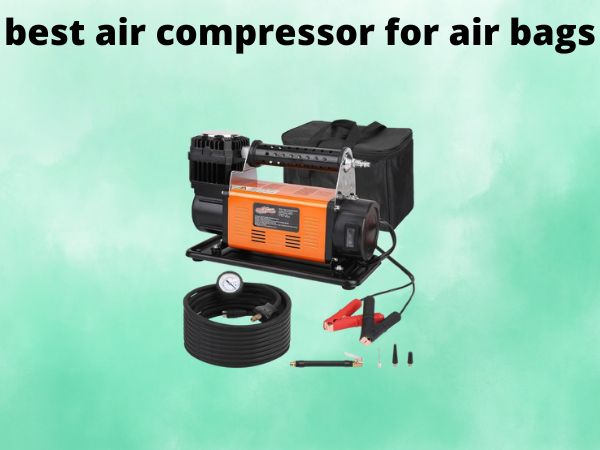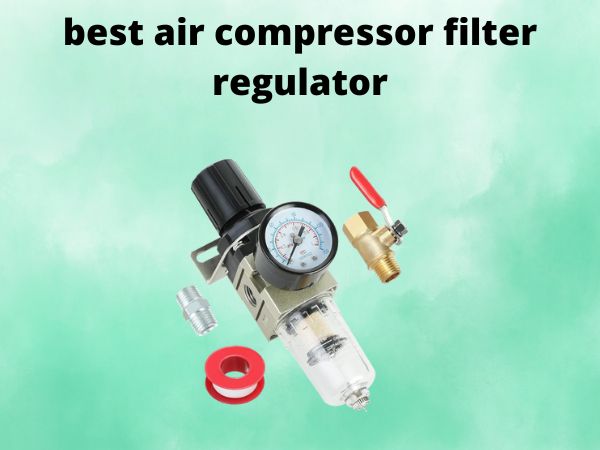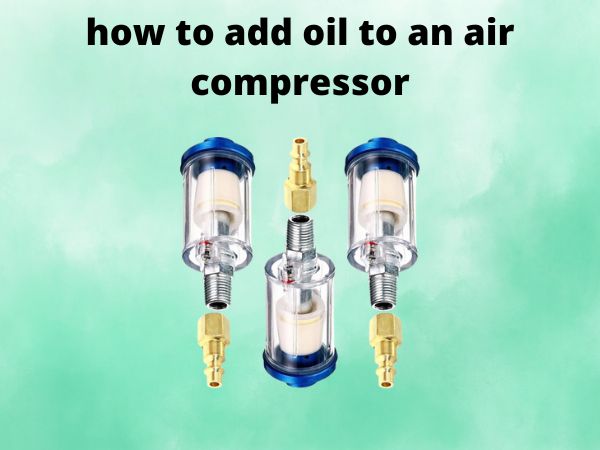How to Add an Extra Air Tank to Your Compressor Setup
As a workshop or garage enthusiast, you know the importance of having a reliable air compressor setup. But have you ever found yourself wishing for more air storage capacity? Perhaps you’ve encountered situations where your compressor struggles to keep up with your air tool demands, leaving you frustrated and unproductive. Well, worry not, my friends – today, I’m going to share with you a simple and effective way to expand your air storage capabilities by adding an extra air tank to your compressor setup.
Table of Contents
Understanding the Benefits of an Extra Air Tank
Before we dive into the installation process, let’s explore the reasons why you might want to consider adding an extra air tank to your compressor setup. The primary benefit is increased air storage capacity. When your compressor is running, it fills up the attached air tank(s), providing a reserve of compressed air for your tools to draw from. By adding an extra tank, you effectively increase the total volume of air available, allowing your tools to run for longer periods without the compressor needing to kick in as often.
This can be especially helpful when using air-hungry tools like impact wrenches, sandblasters, or spray guns. With more air storage on hand, you’ll experience fewer interruptions and a more consistent flow of air, enhancing your overall productivity and efficiency in the workshop or job site.
Choosing the Right Air Tank for Your Needs
When it comes to selecting an extra air tank, there are a few key factors to consider:
- Tank Size: The size of the tank, measured in gallons, will determine the amount of additional air storage capacity you’ll be adding to your setup. Larger tanks (e.g., 20-30 gallons) will provide more air, but they may also be heavier and take up more space.
- Pressure Rating: Make sure the tank you choose is rated for the same maximum pressure as your compressor (typically 125-175 PSI). This ensures compatibility and safe operation.
- Mounting Considerations: Think about where you’ll be placing the extra tank – will it need to be wall-mounted, floor-standing, or portable? Choose a tank that fits your available space and installation requirements.
Step-by-Step Guide to Adding an Extra Air Tank
Now, let’s walk through the process of adding an extra air tank to your compressor setup:
1. Prepare the Workspace
Start by clearing the area around your compressor and identifying a suitable location for the new air tank. Ensure there’s enough space for the tank and any necessary piping or fittings.
2. Shut Off and Depressurize the System
Before making any modifications, turn off the compressor and release the air pressure from the existing tank(s). This will prevent any accidental discharge of air during the installation process.
3. Install the New Air Tank
Depending on the tank’s design, you may need to mount it securely to a wall or the floor. Follow the manufacturer’s instructions for proper installation.
4. Connect the New Tank to the Compressor
Using the appropriate fittings and air hoses, connect the new tank to the compressor’s output port. Make sure all connections are tight and secure to prevent air leaks.
5. Install a Check Valve
To ensure the air flow is directed correctly, install a check valve between the compressor and the new tank. This will prevent backflow and ensure the tank fills properly.
6. Pressure Test the System
Turn on the compressor and let it fill both the original and new air tanks. Check for any leaks and make adjustments as needed. Once the system is pressurized, you’re ready to put it to use!
Conclusion
By adding an extra air tank to your compressor setup, you’ll enjoy increased air storage capacity, improved tool performance, and enhanced productivity in your workshop or job site. This simple upgrade can make a significant difference in your day-to-day operations, so why not give it a try? Follow the steps outlined here, and you’ll be well on your way to maximizing the efficiency of your air compressor system.
FAQs
How do I determine the size of the extra air tank I need?
The size of the extra air tank you need will depend on the size of your existing compressor and the air demands of your tools. As a general rule, a tank that is at least half the size of your compressor’s tank will provide a noticeable difference. However, you may want to consult with an expert or the compressor manufacturer to determine the optimal tank size for your specific setup.
Do I need to upgrade my compressor if I add an extra air tank?
Not necessarily. Adding an extra air tank is a simple and cost-effective way to increase your air storage capacity without needing to upgrade your compressor. As long as your compressor can adequately fill the combined volume of the original and new tanks, you should be able to enjoy the benefits of the additional air storage without any major system changes.
Can I connect multiple extra air tanks to my compressor?
Yes, you can connect multiple extra air tanks to your compressor setup. This can provide even greater air storage capacity, but it’s important to ensure that the total volume of all the tanks does not exceed the compressor’s maximum output capabilities. Consult with a professional or the compressor manufacturer to determine the safe and optimal number of additional tanks for your system.
Do I need any special fittings or adapters to connect the extra air tank?
The specific fittings and adapters you’ll need will depend on the connection points on both your compressor and the new air tank. In most cases, you’ll be able to find the necessary components at your local hardware store or auto parts supplier. It’s always a good idea to consult the manufacturer’s instructions or speak with a knowledgeable sales associate to ensure you get the right parts for your setup.
How do I maintain the extra air tank?
Maintaining the extra air tank is similar to maintaining your compressor’s primary tank. Regularly check for any signs of corrosion or damage, and be sure to drain any accumulated moisture from the tank to prevent rust and ensure optimal performance. Follow the manufacturer’s recommended maintenance schedule and safety guidelines to keep your extra air tank in top condition.

